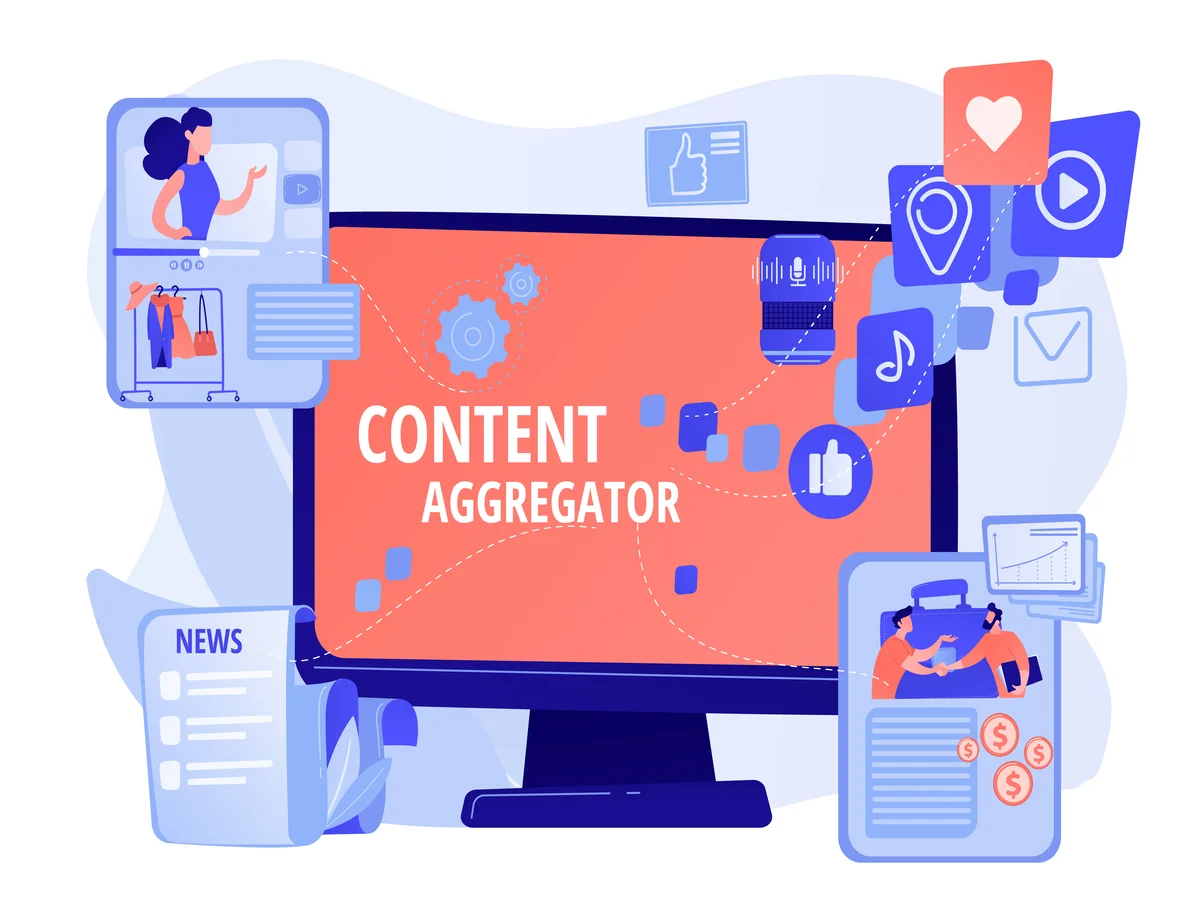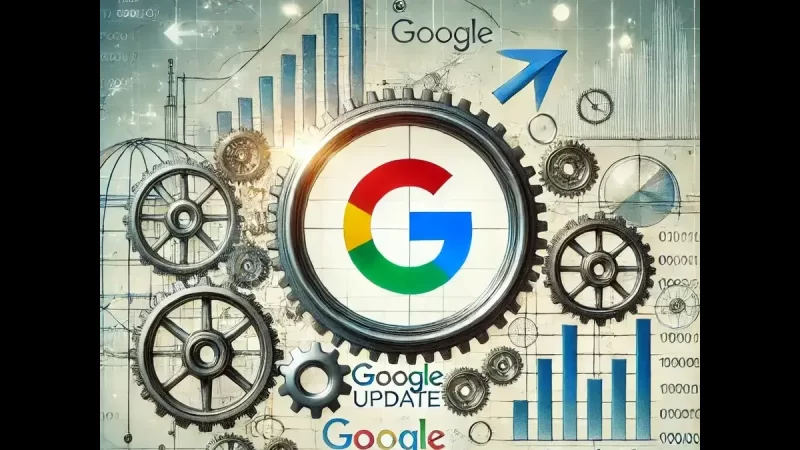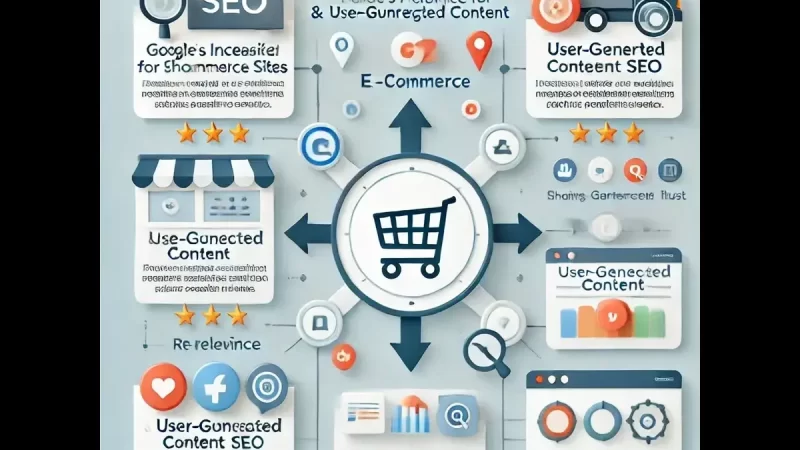How Personalized Content Algorithms Work? Know The Benefits & Examples

In today’s digital age, personalized content has become an integral part of our online experiences. Whether we’re browsing social media, shopping online, or consuming news, the content we encounter is often tailored to our individual preferences and behaviors. This level of personalization is made possible through sophisticated algorithms that analyze user data and deliver content that resonates with each individual. In this article, we’ll delve into how personalized content algorithms work, explore their benefits, and provide some real-world examples of their application.
Understanding Personalized Content Algorithms:
Personalized content algorithms leverage a combination of data analysis, machine learning, and artificial intelligence to understand user preferences and behaviors. These algorithms collect and analyze various types of data, such as browsing history, search queries, purchase history, demographic information, and social interactions. By scrutinizing this data, the algorithms identify patterns and correlations that allow them to predict what content a user is likely to engage with.
Benefits of Personalized Content Algorithms:
- Enhanced User Experience: Personalized content algorithms enhance user experiences by presenting content that aligns with individual preferences. This leads to higher engagement, longer session times, and increased satisfaction.
- Improved Relevance: Users are more likely to engage with content that is relevant to their interests. Personalized algorithms ensure that the content presented is closely related to what the user is seeking.
- Increased Conversions: In e-commerce, personalized product recommendations significantly impact purchasing decisions. By suggesting products based on past behaviors, these algorithms drive higher conversion rates.
- Better Engagement Metrics: Personalized content often results in higher click-through rates, likes, shares, and comments. This level of engagement can have a positive impact on a platform’s overall performance.
- Optimized Marketing Efforts: Marketers can leverage personalized algorithms to tailor their campaigns to specific audiences, leading to better-targeted ads and more effective marketing strategies.
Examples of Personalized Content Algorithms in Action:
- Netflix: One of the most well-known examples of personalized content algorithms can be found on Netflix. The platform analyzes users’ viewing history, preferences, and interactions to provide movie and TV show recommendations. This level of personalization keeps users engaged and encourages them to explore new content.
- Amazon: Amazon’s recommendation system suggests products based on a user’s browsing and purchase history, as well as the browsing habits of similar users. This strategy has significantly contributed to Amazon’s success as an e-commerce giant.
- Spotify: Spotify’s algorithm curates personalized playlists based on a user’s listening history and musical preferences. The “Discover Weekly” and “Daily Mix” playlists are prime examples of how this algorithm enhances the music streaming experience.
- YouTube: YouTube’s recommendation system suggests videos based on a user’s viewing history and interactions. This personalized approach keeps users engaged and helps content creators reach wider audiences.
- Google Search: Google’s search algorithm personalizes search results based on a user’s search history, location, and preferences. This ensures that users receive relevant search results tailored to their needs.
Key Takeaways
Personalized content algorithms have revolutionized the way we interact with digital platforms. By analyzing user data and predicting preferences, these algorithms provide tailored experiences that enhance user satisfaction, increase engagement, and drive business success. Examples from platforms like Netflix, Amazon, Spotify, YouTube, and Google demonstrate how personalized content algorithms are integral to modern digital experiences. As technology continues to advance, we can expect even more sophisticated algorithms that further refine personalized content delivery.
Frequently Asked Questions (FAQs) – Personalized Content Algorithms:
Personalized content algorithms are sophisticated systems that use data analysis, machine learning, and artificial intelligence to customize and deliver content to users based on their individual preferences, behaviors, and interactions. These algorithms aim to enhance user experiences by providing relevant and engaging content tailored to each user’s unique interests.
These algorithms collect and analyze various types of user data, such as browsing history, search queries, social interactions, and demographic information. By identifying patterns and correlations within this data, the algorithms can predict what type of content a user is likely to engage with. They then present this content to the user, creating a more personalized and relevant experience.
Yes, privacy concerns exist. To personalize content, these algorithms rely on user data, which can include sensitive information. It’s crucial for platforms to implement robust data protection measures, obtain user consent, and provide transparent information about data usage. Striking a balance between personalization and privacy is essential.
The accuracy of personalized content algorithms depends on the quality and quantity of user data available. Algorithms that have access to comprehensive and diverse data sources tend to be more accurate in predicting user preferences. However, there can still be instances where recommendations miss the mark or surprise users with unexpected content.
Yes, personalized content algorithms can contribute to the creation of filter bubbles or echo chambers. When users are only exposed to content that aligns with their existing beliefs or interests, they might miss out on diverse perspectives. This can reinforce pre-existing biases and limit exposure to new ideas.







